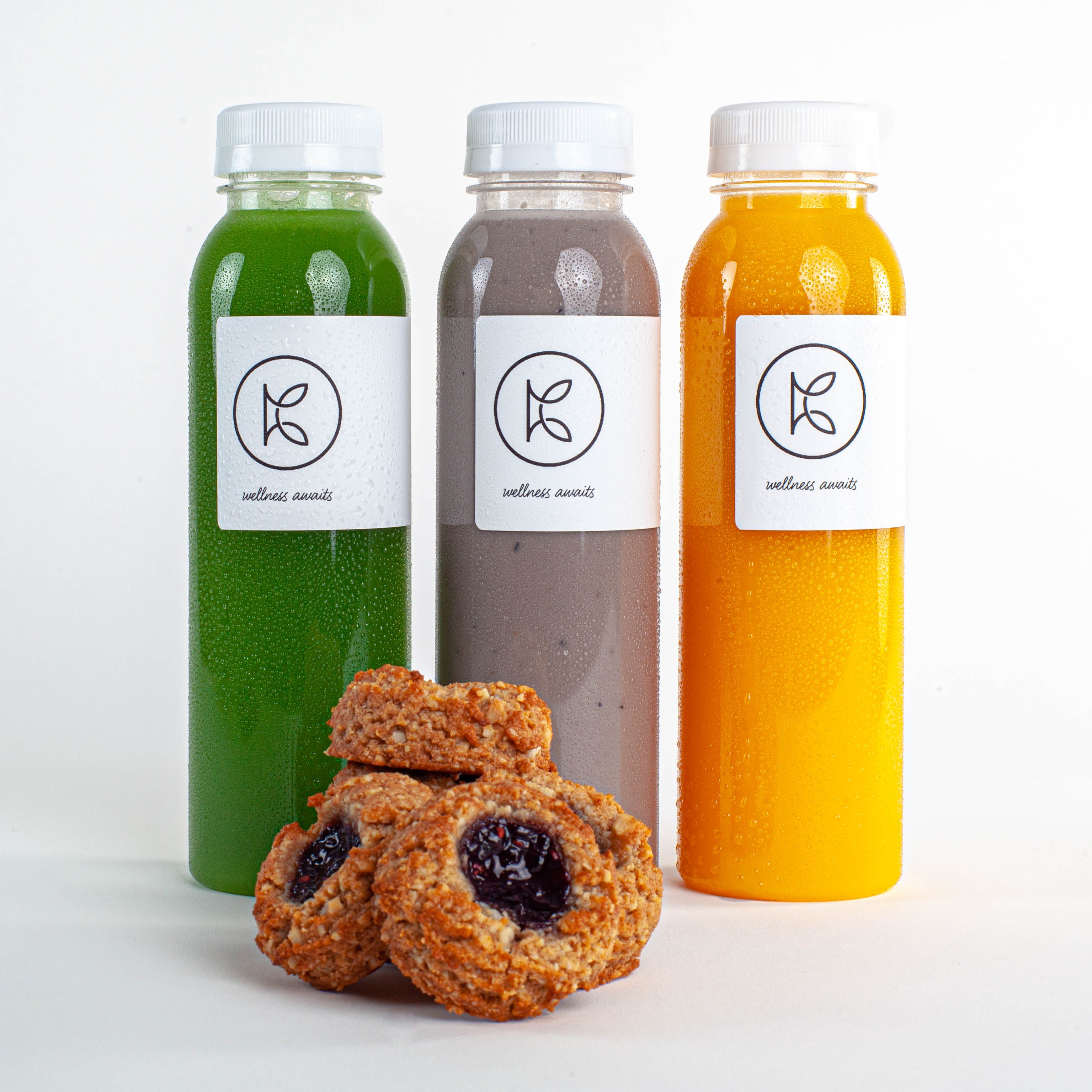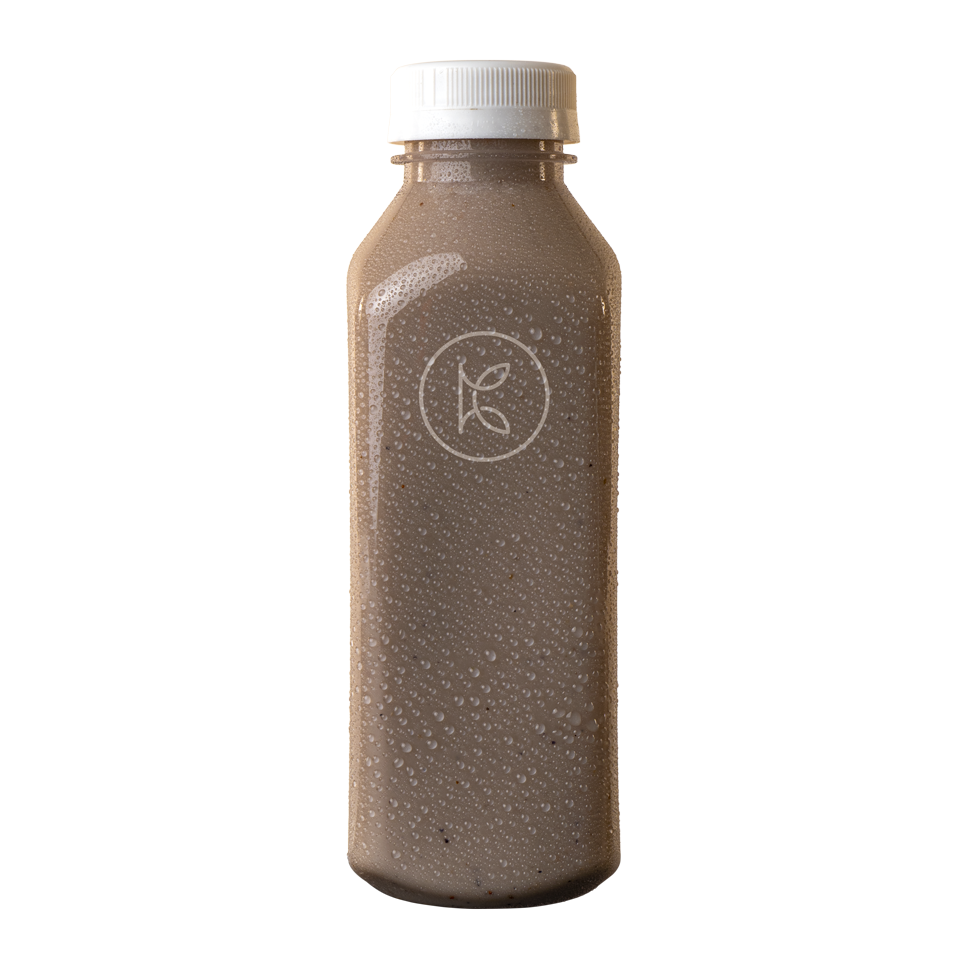The human diet has grown and evolved over time both for better and for worse. We owe many of our current nutritional philosophies to our ancestors - in some cases our ancient ancestors. Here are four time periods in history known for healthy eating.
The Maya Civilization
Considering their carb-heavy diet, the ancient Maya were astonishingly healthy.
Meat played only a minor role until the Spaniards brought chickens, turkeys, cattle and pigs. Maize, beans, squash, sweet potatoes, chili peppers and various fruits were staples. Chia seeds were widely consumed, and they are rich in protein, omega-3 fatty acids and fiber. If you lack energy and stamina, snack on chia seeds.
There is reliable evidence that the Maya were indulging in chocolate more than 2,000 years ago. Cacao is packed with vitamins, minerals, protein, fiber, heart-healthy fats and powerful antioxidants.
Many artifacts depict people drinking cacao, sans marshmallows, in social settings. For the lucky Maya, chocolate was an integral part of the culture. Do your part to uphold tradition.
Ancient China
Most modern Chinese cuisine would have been unrecognizable as food to the ancients. For centuries, the traditional diet was healthy, satisfying and life-prolonging. No, fortune cookies weren't on the menu.
As with all of Chinese culture, eating is about yin and yang. Typically, yin foods are carbohydrates while yang foods are proteins. In combination, they control blood sugar levels.
It’s not so much about what the ancient Chinese ate. It’s about how they ate it. The goal of proper eating was to keep every organ functioning well so that energy, or chi, could freely circulate through the body.
The practice of cooking multiple dishes to share made for a well-balanced meal. Fiber-rich vegetable dishes were usually entrees rather than sides. Fish or another protein comprised the smallest portion on the plate. It was a disgrace to continue eating after you felt full.
The ancient Chinese valued many foods for their medicinal properties, and that's still true today. Garlic is thought to counteract toxins and hot peppers to aid digestion. Either soup or a watery porridge called zhou is present at every meal to hydrate and promote digestion. Green tea flushes toxins and fights the free radicals that cause heart disease and some cancers.
It is telling that most modern Chinese people cling to their ancestors’ way of eating.
Ancient Greece
Like the Chinese, the Greeks ate a well-rounded diet with all food groups represented.
Grains and legumes, such as lentils, formed the foundation. Barley was plentiful for making bread or gruel. Because wheat was hard to grow in Greece, it had to be imported and was therefore costly. Over time, it came to symbolize wealth.
The ancients frequently noshed on figs, pomegranates, raisins and grapes. They grew asparagus, cucumbers, carrots, arugula and beets. Vegetables were sometimes mashed and perked up with onions and garlic. If you’re thinking of the buttery garlic mashed potatoes served in modern restaurants, think again. Potatoes didn’t show up in Greece until the 15th century.
Pork, tuna, swordfish, shellfish, eel and other meats and seafood were eaten in moderation. The rich folks ate fowl, but it was probably in the form of quail or pheasant eggs.
There were many uses for goat cheese in cooking, and it was easy to digest. Yogurt and a product similar to cottage cheese rounded out the dairy group.
The first known energy bar, a snack called pasteli made of sesame seeds and honey, is still popular today. Honey has antioxidant properties, and sesame seeds are packed with protein, amino acids and beneficial oils.
Olives and olive oil were so prevalent that they almost made up a food group of their own.
Today, the Mediterranean diet is still considered one of the healthiest on the planet.
The Paleolithic Period
Should you eat like a caveman? That's debatable, and depends on who you ask. Certainly there are benefits to a kind of diet adhered to in the Paleolithic time period (ending around 10,000 BC)
Advocates of the paleo diet, which forbids dairy, sugar, legumes and cereal grains, are quick to note that Stone Agers didn’t have diet-related diseases. Since cavemen ate only lean meat, eggs, fruits and vegetables, the thinking goes that we should too. Paleo eating has also been an effective way for people to trim up.
Naysayers insist that cavemen were healthy because their diet was largely plant-based. An active lifestyle, hormone-free eggs and pesticide-free fruits and vegetables did the trick. The truth likely falls somewhere in the middle, as each side proves beneficial to an overall healthy diet.
Interestingly, most cavemen died at around age 18. Don’t worry, it was NOT from their diet! Predators, bacteria or viruses that were commonplace back then often did them in.
In any case, eating healthy is often a simple matter of brushing up on history.










